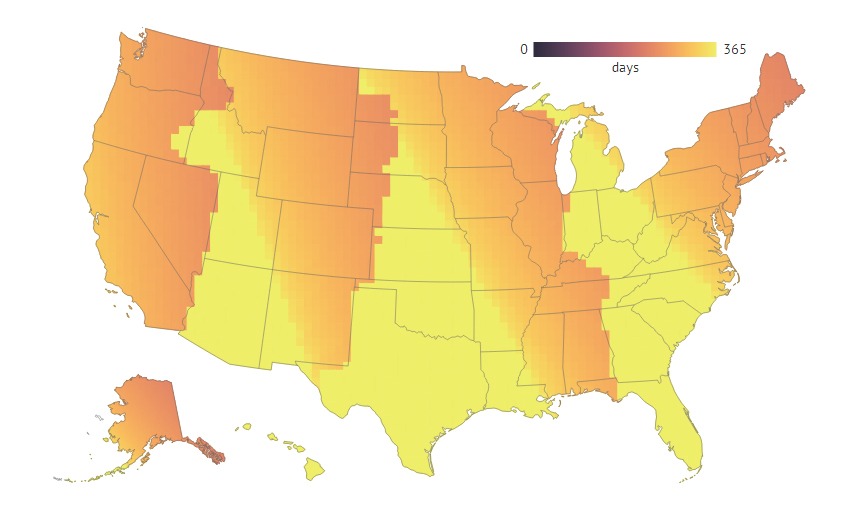It was a lovely morning walk at my usual appointed time of 5:45 this morning. The eastern sky was orange. I almost don’t need my headlamp anymore.
On Monday, that all disappears because somewhere along the line we decided the conveniences of the “afternoon people” were far more important than those of the “morning people.”
We’ll turn the clocks ahead tomorrow night and get on with our day while blaming the farmers, whom, according to mythology, are responsible for this nonsense.
In its fine article today, Quartz reports that the farmers are getting a bad rap. They were against the idea when it came up in the early part of the 20th century to save energy.
It’s not the farmers’ fault we still do this. It’s the retail businesses.
The powerful retail lobby, particularly recreation, bbq, and home and gardening remains invested in keeping DST. Longer nights mean people have more time to shop and go to baseball games (and use more gas—further cutting into the alleged energy savings). Downing says each year the convenience store lobby (a large supplier of gas) gives out gift bags to Congress to celebrate DST. He’s observed how every 20 years the federal government adds another month of DST—the last one in 2005, in part, because the sugar lobby wanted to extend trick or treating hours. And each time we extend DST, America becomes more out of sync with the rest of the world.
The anti-DST movement doesn’t have the organization to compete with the retail lobby. The American economy has changed since the early days of DST. Now, retailers wield more power than the traditional voice of opposition, farmers. Downing points out that by 2000 more Americans lived on golf courses than farms.
It’s up to the individual states to decide whether to go along with this. Arizona, which I visited last week, wants nothing to do with it because the sun is not their friend in the summer. The sooner it goes down, the sooner they can all go outside and play softball, or whatever they do in Arizona in the summer.
“Being contrarian is core to its state-wide identity,” Quartz says.
Indiana is another state with a checkered time-zone history.
Some of its counties are in the Eastern Time Zone, and some are in the Central. Until 2006, most of the state didn’t observe DST. Now it does, although I — like most mere mortals I know — never know what time it is in Indiana. [Insert obvious Indiana joke here.]
Many parts of rural Indiana, predominantly farmers, oppose daylight saving time because their days are controlled by the sun instead of the clock. Some farmers believe that their productivity is at stake because they are missing one extra hour of sunlight in the morning.
Research from the University of California showed that having the entire state to switch to daylight saving time would cost Indiana households about $8.6 million in electricity bills each year. The study also estimated social costs of increased pollution emissions that ranged from $1.6 to $5.3 million per year. Moreover, the reduced cost of lighting in afternoons during daylight-saving time was offset by higher air-conditioning costs on hot afternoons and increased heating costs on cool mornings.
The Washington Post says none of this is as bad as you think it is, based on maps created by cartographer Andy Woodruff, who believes that if we didn’t turn the clocks ahead or back, we’d have “unreasonable” sunrises and sunsets.
Basically, he theorizes that sun before you wake up is wasted sunshine.
Assuming you wake up at 7 a.m., here’s what abolishing DST means for you.
That’s a fair amount of wasted sunshine in the eastern part of Minnesota, but for our neighbors to the west, that’s a pretty perfect thing.
What if we didn’t turn the clocks back later this year?

He acknowledges that looks pretty bleak, but check out the number of days of reasonable sunset, which would give us sun after 6 p.m.

And compare that to what would happen if we got rid of daylight saving time.

His conclusion? Daylight Saving Time rules.
If you want consistent morning daylight, you should be as far southeast in your time zone as possible. I recommend the Big Island of Hawaii. If, like me, you’re all about evening sun, hop the border to the southwest part of the next time zone. But remember that’s for consistency, not total daylight. The farther north you go, the longer days will be in the summer—but the shorter they’ll be in winter.

